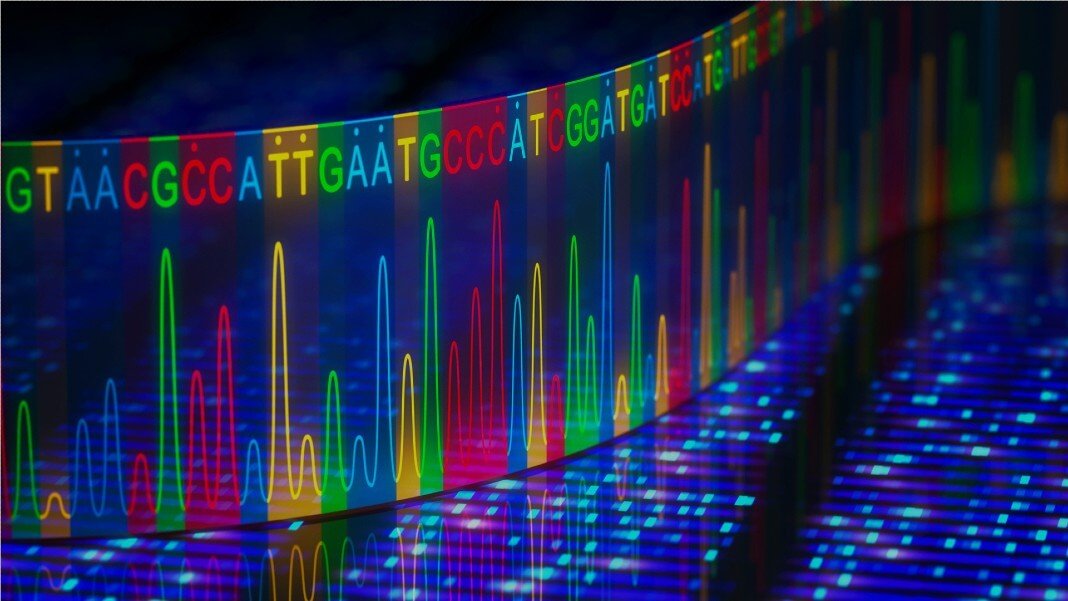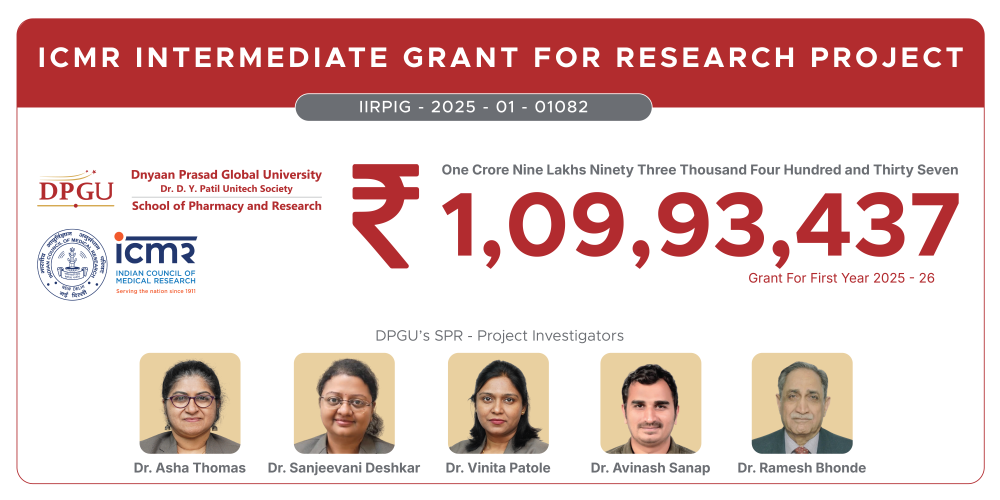Diving into the fascinating space of genome sequencing
August 06, 2020 | Thursday | Views
Although the revolutionary genome sequencing and DNA studies have sparked several innovations, there are, in all fairness, limited practical applications
Image credit- shutterstock.com
The idea of ‘untreatable’ diseases has always given humans the run for their money. In almost all phases of evolution, human health has been prioritized and it is only through innovations and health-IT that we do have ammunition for treatment at our disposal. The genome sequencing is one such healthcare concept that has opened up a whole new world of practicalities and possibilities.
With applications in cancer treatment and potential in treating epidemics, future predictions are now pouring in rapidly. Among the myriad of fascinating concepts across the world, genome sequencing is listed above several other technologies.
With massive investments in studies and research activities associated with this concept, the worldwide genomics market will cross $62 billion in seven years, as predicted by Fortune Business Insights in its latest report on ‘Genomics’.
Where it all began…
As humans evolved, the standards of living were raised. Although it took an awful lot of time for us to realize we needed a civilized lifestyle to survive, we did eventually settle on a particular set of ‘rules’. In true retrospect, the civilized standard of living is what enlightened education and the concept of research and studies in general. It wasn’t until a few hundred years ago, that humans moved on from the hunched way of living. With further evolution, along came a few revolutionary innovations that truly defined the shape of the world. As humans discovered the way to maximize on technology, the world became a closer or ‘connected place’ as they say, but just like all other things, it did come at a cost.
The idea of connected world or ‘globalization’ brought along a few negative traits. As people began to explore newer and untapped areas, they were naturally exposed to newer diseases. Globalization certainly amplified the spread of such diseases and with limited medical facilities at our helm; the resulting epidemics became the consequence of our own doing. But even the sheer advances in technology and healthcare weren’t enough. We realized that all human bodies are different and needed to be addressed in a specific manner. Some of us reacted to certain things and substances differently than others and this is when personalized or precision medicine came into fray.
What Exactly is Precision Medicine and what does Genome Sequencing have to do with this?
It is evident that a large portion of common diseases and conditions are treated with the same medicines and therapeutic approach. Modern physicists are constantly striving to develop personalized medical approach that is more impactful and efficient for the patients they address. The concept of genome sequencing is a primary ingredient to this delicacy that is precision medicine. If there is any weightage to the early predictions, genome sequencing can, in a few years, bring precision medicine for all. With increasing practical theories and clinical studies, there is no shortage of evidence to support the role of genome sequencing and AI in personalized medicine.
Understanding Genome Sequencing…
A normal genome sequence is nothing but a ‘sequence’ of letters that make up a human’s DNA. These letters are not just any letters but are used to denote the order of DNA nucleotides in the form of A, T, G, and C, referring to adenine, thymine, guanine, and cytosines respectively. Confused Yet? Let’s put it this way… The human genome is made up of over 3 billion such genomic letters. Without a differentiable sequence, the genomes would be represented by a random combination of letters. This sequence helps scientists identify the genes or DNA of a human being or as they would say in technical terms, ‘decode’ the human gene. Among all variations in genome sequencing, the next-generation sequencing remains one of the hottest buzzword in the healthcare sector in recent years.
Where Exactly are these Sequences Used?
As we have already established its meaning, let us take a look into where and how these sequences work. A set of pre-defined human genes can be used for a variety of purposes, including building personal or precision proteins, identifying long-lasting problems, and detecting severe conditions at an early stage. But the concept that has made headlines on several frontiers is the use of genome sequencing for study and treatment of complex diseases. This is mainly done by locating the ‘individuality’ of the disease as a whole; meaning to identify how a particular disease affects a particular human being and then coming up with ways to tackle it. The idea of ‘gene therapy’ through genome sequencing has opened up newer branches and studies in genetic engineering. What’s more is that these sequences are now being studied beyond just the bracket of treatment, and new ways are being developed to even prevent the disease in its entirety. To put it in a clearer context, genetic diseases such as diabetes can be detected and dealt with very early in life. Although it may sound complex, the general idea behind this concept is to study every human body in a different way and identify ways to tackle damaged genes or areas that are potentially exposed to further damage.
Beyond just A,C,G,T…Where we’re Currently Getting at with Genome Sequencing?
The applications of DNA sequencing have been expanding rapidly over the past decade. From a scientists’ perspective, genomics has opened up a whole new world of ideas and we cannot really blame the extensive nature of research that is being going on in this field. With applications in regenerative medicine, the concept has gathered attention from healthcare industries across the world. Among a multitude of diseases that can be studied through genome sequencing, cancer has understandably made the front pages. Global organizations such as the National Cancer Institute (NCI) have carried out studies where-in the tumors in several individuals have been sequenced for the purpose of ‘genetic mutations’. Each of these individuals’ tumor is being studied and potentially be treated by ‘personalized’ or ‘precision’ genomic treatment.
The recent scenario of genome sequencing, however, has been more exciting. We are already aware of the fact that this concept was used to study the spread of the infamous Ebola virus a few years back. Although we will not be getting into the detailed medical terms, what we can briefly say is that scientists used genome sequencing to identify microbes and track down the pattern of the outbreak and epidemic across the world. As far as we’re concerned, this was certainly a ‘win’ for genomic enthusiasts.
Unravelling the Mysteries Surrounding the COVID-19 Pandemic
The coronavirus outbreak, that originated in Wuhan, China, has now spread all over the world and we can’t really pick who’s at fault. On one side, humans are responsible for the spread of the disease, but on the other hand, we are entering a state of hesitation for developing vaccination. It is clear that despite the awareness and the general idea of ‘containing’ and tackling a new disease within the originating area, the manner in which humans are going on about their life, gives us very little room to do so. It looks like we have settled on the idea that we will continue to live through constraints and the fact that we’re not going to stop travelling, despite the travel bans, a statement that represents much irony.
On the positive side, the advances in healthcare and medicine have given us hope. Having said that, we haven’t yet tackled the riddle of the Covid-19 pandemic but signs are we might be finally on to something. Concepts such as genome sequencing can be used to track patterns of the epidemic, especially in densely populated countries such as India. The biggest challenge during a nearly uncontrollable epidemic is to identify the origin as well as the pattern of the spread of the disease and genome sequencing, along with other concepts, has certainly helped this cause.
Countless Possibilities Yet Very Few Practicalities; There’s Still work to do….
Although the revolutionary genome sequencing and DNA studies have sparked several innovations, there are, in all fairness, limited practical applications. The depth of existing applications is much more fascinating than the ‘number’ of applications itself. With genome sequencing finding its way into the ideology for coronavirus treatment, it is safe to say that concepts like these are leaving us with that subconscious safety cushion across several aspects of life. How we handle the ‘ethical’ side of genetic studies remains to be seen; but the promise and potential held by genome sequencing certainly overpowers such ethical barriers. With applications in areas that were previously deemed unattainable, genome sequencing might just be the answer to a few of our worst nightmares with respect to life-threatening diseases. We can be nothing but excited of what this concept has in store across other areas in healthcare in the coming years.
Author:
Tanay Bhalla is an expert in embedded systems and health-IT sector.










